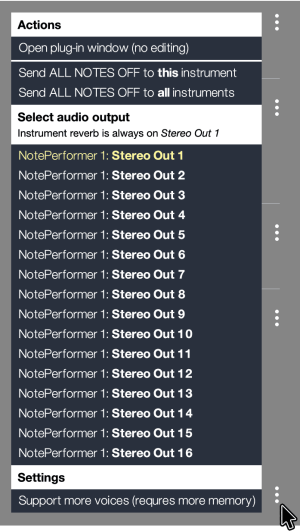blaggins
Senior Member
I don't own the Studio Orchestra, but I do own SSO, and I have been quite looking forward to the NPPE version of it. A big part (though not all) of the reason is actually *because* SSO is so persnickety to program. There are timing, volume, and cross-fade inconsistencies everywhere. It's generally possible to get around them with manual tweaking of CC curves but since each instrument responds slightly differently, this is quite a chore. I am eagerly awaiting a NPPE version, b/c that will have already done the hard work of of smoothing over these inconsistencies, thus giving me the ability to use my SSO libraries but without having to pay the cost of programming them myself. They sound too nice to sit neglected on my drives but that is kinda where I am currently at with SSO.
So I guess my own vote (for whatever it is worth) would be in favor of :
* ignoring the Performance Legatos in the Woodwinds and Brass and using the Long articulations instead to fake legatos (I've found myself doing just this on more than one occasion b/c it's often easier to get a "convincing" line out of the longs than to spend an eternity on massaging the timing using the perf legatos).
* using the legacy legatos for Strings
Thank you for soliciting feedback on this @Wallander. Hoping others chime in as well!
So I guess my own vote (for whatever it is worth) would be in favor of :
* ignoring the Performance Legatos in the Woodwinds and Brass and using the Long articulations instead to fake legatos (I've found myself doing just this on more than one occasion b/c it's often easier to get a "convincing" line out of the longs than to spend an eternity on massaging the timing using the perf legatos).
* using the legacy legatos for Strings
Thank you for soliciting feedback on this @Wallander. Hoping others chime in as well!





